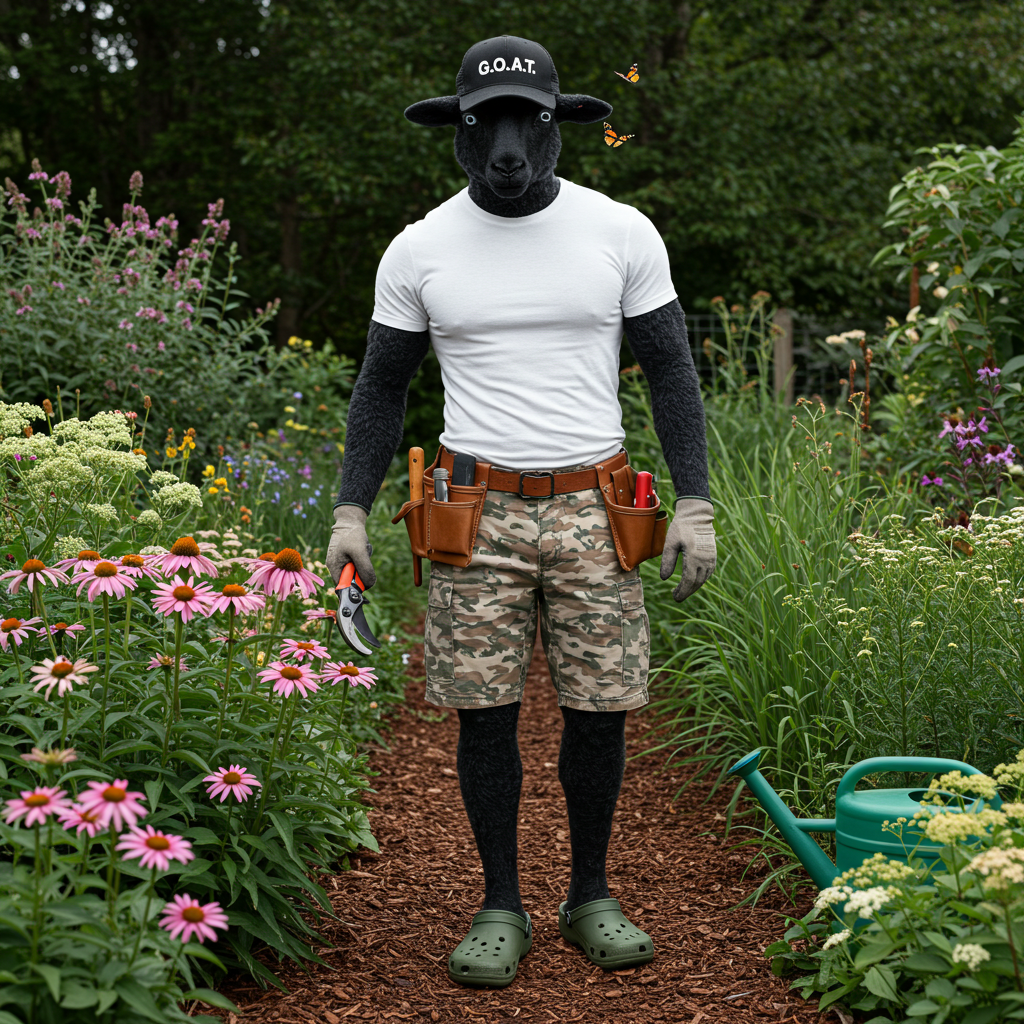“More Water is Always Better”: Why You Might Be Drowning Your Plants

There’s something about watering that just feels right.
It’s comforting, routine, and it gives us that warm “I’m taking care of something” glow. So we water. A little stressed? Water. Droopy leaves? Water. Been raining for five days? Ehh… maybe just a quick sip to be safe.
But here's the truth: when it comes to watering, more isn’t always better. In fact, too much water is one of the most common reasons garden plants struggle. It's like re-baking a cake because it doesn’t smell sweet enough—well-intentioned, but not helpful.
Let’s take a moment to bust this soggy myth and learn how to water with confidence—not fear.
💧 The Myth:
“More water = healthier plants.”
It’s one of the most natural instincts for new and seasoned gardeners alike. Water = love, right? But plants aren’t looking for a daily drink schedule. They're looking for balance.
🪴 The Truth:
Most perennials want deep, infrequent watering—not a constant drip.
Soil that stays too wet prevents roots from accessing oxygen. And yes, roots breathe. When those tiny pockets of air in the soil are filled with water, roots can suffocate, rot, and weaken. The plant wilts—and ironically, looks like it needs more water.
That’s where many gardeners double down. And the problem only grows.
🚩 Signs You’re Overwatering (Not Underwatering):
-
Leaves turning yellow from the bottom up
-
Wilting even though the soil feels moist
-
Mushy or blackened stems
-
That sour, swampy smell no one wants
-
Slowed or stunted growth, even in full sun
These symptoms are often mistaken for thirst. But they’re really cries for air.
🌿 So How Do You Get It Right?
The simplest approach:
Water deeply, then wait. Let the top few inches of soil dry out before watering again.
💧 Garden test: Stick your finger into the soil up to the second knuckle. If it’s dry, it’s time to water. If it’s still cool and moist, hold off.
🌞 Plants That Prefer It on the Drier Side
Some perennials are naturally drought-tolerant and thrive in leaner conditions. They’re perfect for areas with full sun and soil that doesn’t retain much moisture:
-
Echinacea purpurea – A prairie classic with strong stems and long-lasting blooms.
-
Liatris spicata – Its spiky flowers love the sun and well-drained soil.
-
Asclepias tuberosa – The bright orange milkweed adored by monarchs and dry gardens alike.
-
Achillea millefolium – Yarrow thrives with less water and rewards you with beautiful, flat-topped blooms.
-
Salvia ‘Caradonna’ – A garden staple with vertical elegance and serious pollinator appeal.
Once established, these perennials rarely ask for more than nature provides.
🛠️ Don’t Forget the Role of Soil
Even moisture-loving plants like astilbe or monarda don’t want to sit in soggy soil. The real goal is well-drained conditions—moisture without the muck.
Use compost to improve drainage, mulch to regulate evaporation, and steer clear of dense, compacted soil unless you're ready to amend it.
And those containers? Drainage holes are non-negotiable. (If you’re using a decorative pot without one, pop a nursery pot inside instead.)
🌼 Final Thoughts: Less Guilt, More Listening
Watering is a beautiful part of gardening—but it’s not about frequency. It’s about awareness. Pay attention to the soil, the plant, the weather. Get curious instead of reactive.
Because sometimes, the best thing you can do for your garden… is walk away with the hose still coiled.

